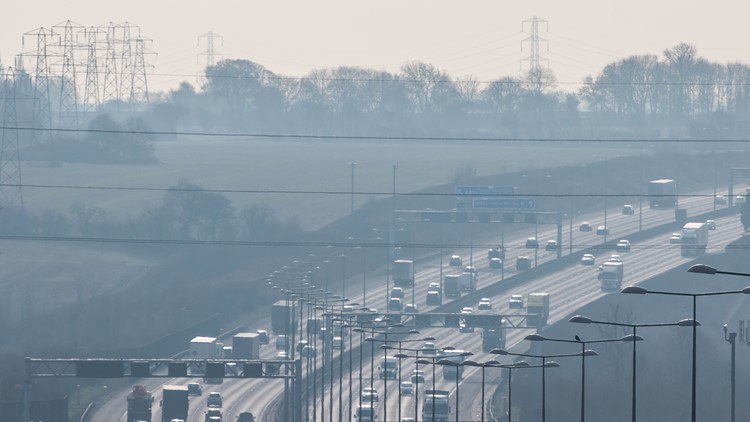The spread of the novel coronavirus across the world has brought much of our lives to a standstill. In most cases, this has been a bad thing, expect for pollution.
First satellite data showed a decrease in China's air pollution. Then we saw it in Europe as lockdowns were put into place. Now we're seeing a similar reduction here in the U.S. as states continue to extend their stay-at-home orders.
NASA's Aura satellite found that Nitrogen dioxide levels, which primarily come from burning fossil fuels for transportation and electricity, were lower in March 2020, than any other March on record going back to 2005. Specifically, nitrogen dioxide levels were 30 percent lower along the I-95 corridor, from D.C. to Boston, compared to the March averages from 2015 to 2019.
While the reduction in air pollution is a small positive during this time of global crisis, it may be a little too late for those living in areas with more air pollution. Harvard researchers found higher level of air pollution are associated with higher rates of serious illness or death from COVID-19.
Health experts say when people inhale fine particulate matter from air pollution, it damages the lining of the lungs over time and weakens the body's ability to fight respiratory infections like coronavirus.
While the long-term effect air pollution has on our lungs isn't necessarily good news, it does give public health officials insight into where possible coronavirus hotspots could pop up.



